 Under institutional lighting, the chopped chicken in BBQ sauce is like oily pet food on a doughy white bun, and its juice runs into the glistening orange fruit from a can and the scoop of too-sweet slaw that nobody ordered. The woman across the table, Linda, who has a Scottish accent and is a low talker, admits she has “episodes” of not remembering, then she has one, right then, loses her train of thought while talking about losing her trains of thought. She is so tragically lonely. And there is Lynette, most of her teeth gone, Chicago Bears sweatshirt too tight and deeply stained. She has such a big smile, is chatty, loud, kind. She forks up the food, no qualms.
Under institutional lighting, the chopped chicken in BBQ sauce is like oily pet food on a doughy white bun, and its juice runs into the glistening orange fruit from a can and the scoop of too-sweet slaw that nobody ordered. The woman across the table, Linda, who has a Scottish accent and is a low talker, admits she has “episodes” of not remembering, then she has one, right then, loses her train of thought while talking about losing her trains of thought. She is so tragically lonely. And there is Lynette, most of her teeth gone, Chicago Bears sweatshirt too tight and deeply stained. She has such a big smile, is chatty, loud, kind. She forks up the food, no qualms.

“There is an aspect to this story that is weirder than you can imagine.”
That sentence was e-mailed to me by a geologist, Jan Kramers, at the University of Johannesburg in the waning days of 2017. I had e-mailed him about a paper of his in Geochimica et Cosmochmica Acta. The title of the paper had caught my eye: “Petrography of the carbonaceous, diamond-bearing stone ‘Hypatia’ from southwest Egypt: A contribution to the debate on its origin.”
I think it was the name, “Hypatia.” It struck me as celestial, mysterious. Hypatia, I learned as I scrambled and stumbled by way through the paper’s dense geochemistry, is the name of pieces of what was once a single stone, found in southwest Egypt in 1996 by an Egyptian gem hunter and writer named Dr. Aly A. Barakat.
As stones go, it’s a strange one, although you wouldn’t tell by looking. Its fragments are drab, jagged, crumb-sized bits of rust-flecked gray. It was found in a nearly featureless, windswept desert and its mineral makeup didn’t match anything in the nearby geology, hinting that it might have landed there as a meteorite. Yet even for an extraterrestrial object, its makeup is unusual. It possesses enormous amounts of carbon and relatively little silicon, which is the reverse of what’s typically found in meteorites.
In 2013, Kramers and colleagues announced in Earth and Planetary Science Letters that it was actually a tiny piece of comet nucleus that had fallen to Earth some time long ago. Their 2017 paper revealed that much of its carbon was made of polyaromatic hydrocarbons (PAHs), the stuff interstellar dust is made of. The intense heat and pressure generated as this alien rock hurtled toward and hit the Egyptian desert transformed some of those PAHs into microdiamonds, forming a kind of sooty diamond crust around the stone that protected it from the withering desert until Barakat dug it up. The impact may also have been responsible for the numerous tiny, jewel-like pieces of glass strewn throughout western Egypt and eastern Libya known as Libyan desert glass.
The University of Johannesburg issued a press release accompanying the paper, which claimed Hypatia’s specific geochemical ratios suggested it predates the creation of our solar system, and that’s the headline that a few media outlets picked up on. But it was a throwaway mention in the paper, omitted from the press release, that intrigued me: “At the time of writing, the whereabouts of less than 4 g of Hypatia’s matter are known to us.”
So that’s why I first e-mailed Kramers in December 2017, asking where the rest of it had gone. He asked me to Skype him. When I did, he told me one of the craziest damn stories I’ve ever heard.
Continue reading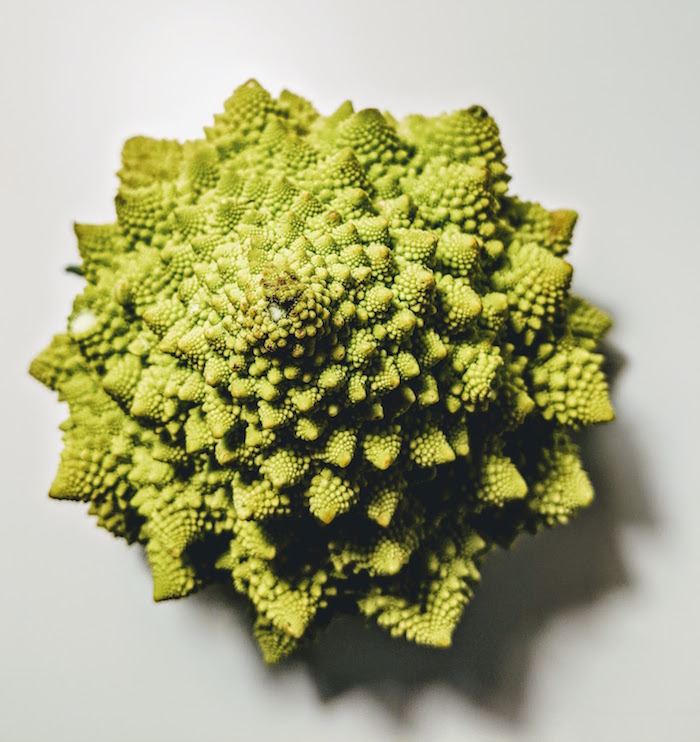
Tonight I contemplate this head of Romanesco broccoli, soon to be cut up, slathered in olive oil, and roasted. As you can see, its edible flowers, weirdly known as curds, form a pyramid of identical, spiraling turrets. It’s a classic example of fractal geometry: a shape that, like a fiddlehead fern or lightning bolt, can be broken down over and over again into smaller parts, each a miniature version of the whole.
“Beauty brings copies of itself into being,” writes aesthetics scholar Elaine Scarry in her 1998 essay “On Beauty and Being Just.” “It makes us draw it, take photographs of it, or describe it to other people. Sometimes it gives rise to exact replication and other times to resemblances and still other times to things whose connection to the original site of inspiration is unrecognizable.”
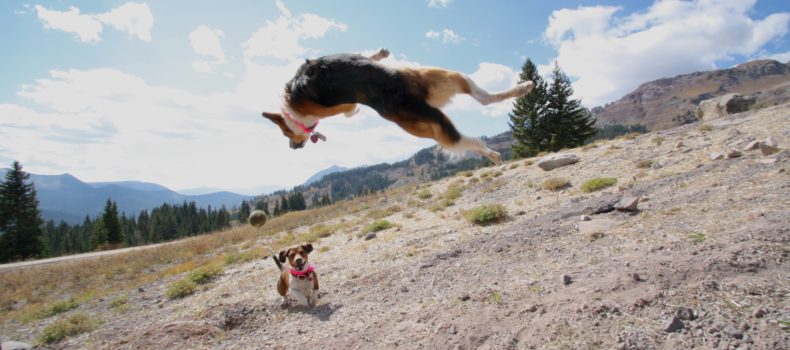
When I return home from a trip, or really from any absence longer than 15 minutes, my dog Taiga greets me with the canine equivalent of pyrotechnics: Leaping, writhing, twirling, lip curling, a quiver full of hyena sounds. Once, after a 13-day visit to Alaska, she reached my face in a single bound from the floor, her nose making high-speed contact with my mouth. Proof once again that love can draw blood—mostly metaphorical, sometimes literal.
Each time her affections explode into uncontrolled demonstration, I imagine what it would be like if humans greeted each other this way. The teenager who bags groceries jumping and singing at the sight of a familiar customer. The host of a dinner party flinging a saucy spoon into the air at the arrival of his guests, spattering the ceiling with a Jackson Pollack arc of pureed tomatoes and olive oil. Friends, upon unexpected sight of each other from opposite sides of the street, sprinting into an intersection to embrace.
Continue reading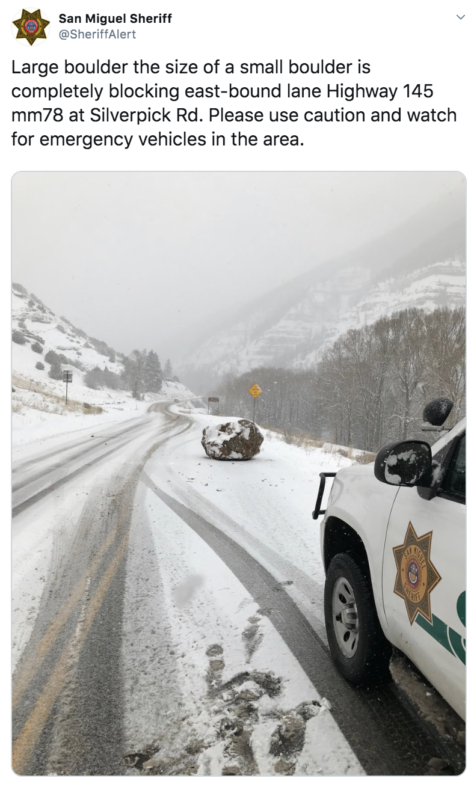
This happened the other day not far from where I live. Boulders fall all the time around here, highways regularly blocked. This time, the wording is what stuck.
The local sheriff’s post went viral when this fallen obstacle was described as a “large boulder the size of a small boulder.” With those words, this 10,000-pound rock sprung to greater fame than the pair of multi-million-pound sandstone monuments that fell a thousand feet onto a highway the next county over last spring, rectified with dynamite and a change in the highway’s course.
This new one, of lesser size than its greater self, was scraped to the side with basic road equipment, yet it has become celebrated, appearing on the the Colbert Report, a bit of fame for our corner of Colorado. It is a roughly roundish hulk of what looks like limestone, the size, I’d say, of two polar bears hugging.
Continue readingA couple of years ago, I decided I was going to draw comics. It didn’t last long – but the ones I did before I quit are pretty fun. One is about a scuba practice session. Here you go.
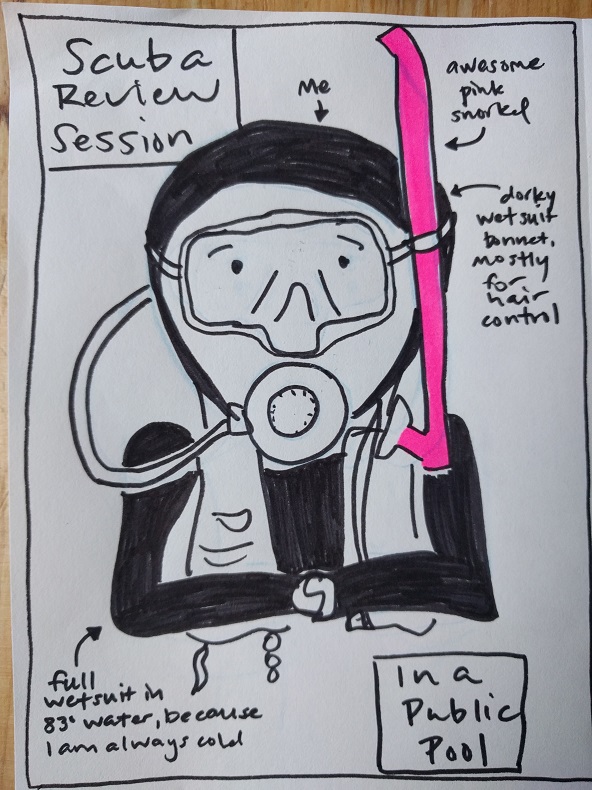
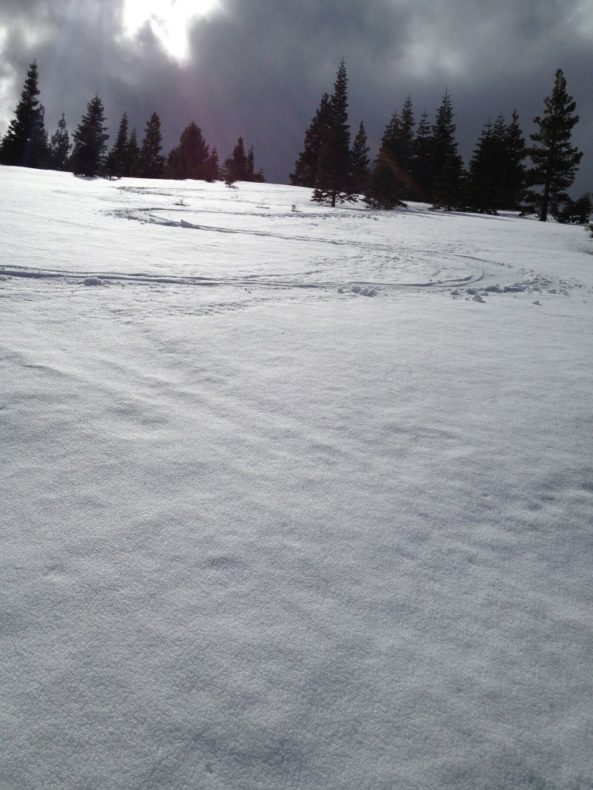
It’s not snowy here, but it certainly feels like winter: we’ve had a winter cold circulating through the house since the holidays. The subnivium, which I first wrote about in 2013, sounds very appealing right now as a refuge from all that the season brings.
When I think about winter, I mostly think about all the fun things that take place on the snow’s surface. Or all the fun things that take place inside: hot chocolate, eating, reading by the fire. Once spring comes, when the world outside is buzzing (and boing-ing), there’s no excuse to stay inside with a good book.
I’m not the only one who needs a winter retreat. In snow-covered spots food can be scarce; the wind-chilled open air is brutal. But for creatures that aren’t able to curl up with cocoa, the snow itself forms the insulation for a shelter under the snow.
This below-snow retreat is such a wintertime ecological haven—for everything from freeze-resistant invertebrates that can supercool their own bodies to martens and weasels that stalk prey and snooze in this space–that a paper in this month’s Frontiers in Ecology and the Environment proposes that it should get its own designation: the subnivium. Jonathan Pauli and Benjamin Zuckerberg at the University of Wisconsin-Madison and their colleagues have gotten interested in the dynamics of this sub-snow world—and what will happen to it as winters warm up.
Continue reading
An opinion that I often share at social functions, usually without provocation, is that Snowpiercer is one of the best movies of the 21st century. Most people seem not to share that view. Most people are wrong.
If you’re among the benighted millions who’ve never experienced Bong Joon Ho’s masterpiece, I suggest you rectify that shortcoming immediately. (It’s on Netflix — no excuses!) In the meantime, here’s the wild premise. It’s 2031. A desperate stab at geoengineering has backfired catastrophically, entombing the world in ice. The few survivors — Chris Evans and Octavia Spencer among them — are trapped on a train, a “rattling ark” that, y’know, pierces the snow as it circles the earth. The dirt-smudged hoi polloi rot in steerage, locked down by armed guards, while the über-wealthy (led by Tilda Swinton, playing a creepy mashup of Hitler, Gaddafi, Thatcher, and, um, Silvio Berlusconi) frolic in opulence at the train’s head, waltzing through cars filled with orange orchards and saunas and party drugs.
Continue reading